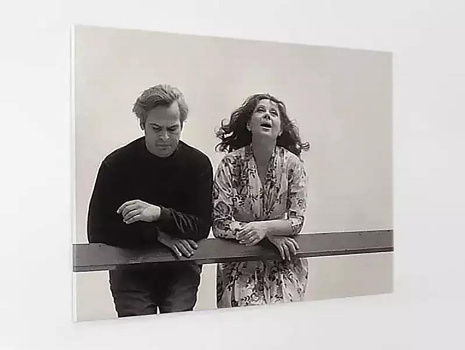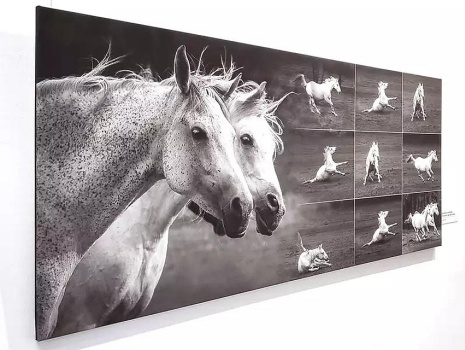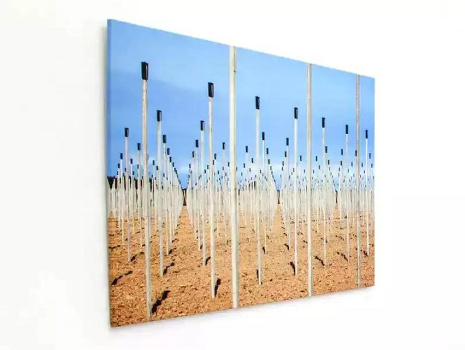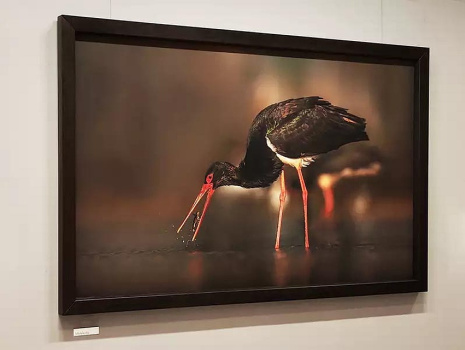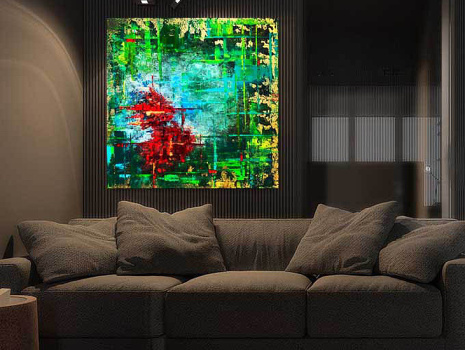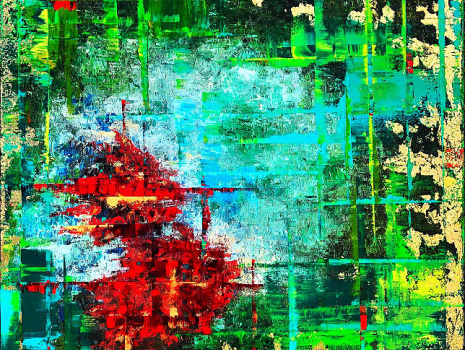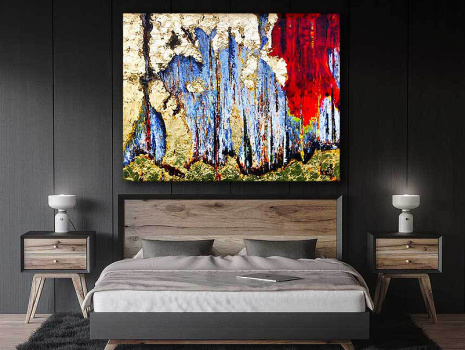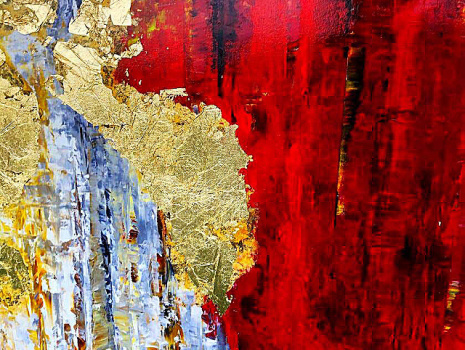Canvas printing
Artistic canvas print
Our archival pigment fine art printing technology also ensures long print life for canvas. With fade-resistant inks, canvases made without acid or optical bleaching agents will retain their original appearance for 80 to 100 years. The canvases we use meet the strict quality requirements for works of art.
Fine Art on canvas
Canvas has become very fashionable in recent years. Our studio has been making photos on canvas since 2000, we ran the first webshop for ordering canvas from photos, fotovaszonra.hu. More and more companies offer their customers cheap canvas printing services, using inferior CMYK inks, which are prone to fading after only a few years, on synthetic canvas. We have recently closed our own photo canvas ordering site, we also serve our local customers with the highest quality canvas printing available.
We focus on artistic quality. Our medias are selected canvases from the best known foreign manufacturers.
Fine Art canvas prints are used by more creative genres:
Photography - recently, fine art photo on canvas printing has become less important. We are proud to have famous Hungarian photographers - e.g. Ãva Keleti, JÃĄnos Eifert, GyÃķrgy GÃĄti, SÃĄndor Zsila - having their photographs printed on canvas with our studio.
Computer painting, graphics - many artists create their works freehand on digital drawing boards or touch-sensitive graphic monitors. There is a wide range of software to help you create unique artistic visuals. The primary medium for digitally created works is the giclee artist print, and for these works most artists choose to use the canvas. Digital painting original images are created using the giclÃĐe canvas print method.
Canvas reproduction
By digitizing handmade works in different artistic genres, the possibility opens up for these works - collages, montages, drawings, prints - to be sold at the art market in the form of reproduced canvas prints similar to paintings.
Painting reproduction
Most of the canvases are reproductions of original paintings by contemporary painters, after digitization. Scanning acrylic, watercolour and oil paintings results in detailed computer image files that are true to colour and include spatial textures. These files can be used to create canvas prints that look very similar to the originals, allowing artists to generate additional revenue from the sale of their prints.
Learn more about our CRUSE large format scanner and painting scanning service.
GiclÃĐe on canvas - artist print
Artistic prints are original, independent works of art, protected by law, regardless of the creative method used to create their digital source. The authentication of giclÃĐe prints on canvas is the same as the signature and numbering marks and the giclÃĐe certificate that are common to other works of art.
Read more in our article "Giclee printing" about giclee art print editions.
Reprint of a painting
Most of the paintings by famous old artists in museums are digitised in high quality, high resolution and in situ. Computer-printed canvas copies of paintings are called "reprints". Reprinted famous paintings can not only decorate homes or offices, but often replace the original paintings, e.g. during restoration or in travelling exhibitions where there is no desire to travel with very valuable artworks. Our studio's digital collection includes works by Leonardo, Monet, Mucha and many other artists, please ask our colleagues about the possibilities.
Artistic print on matte - semi gloss - metallic canvas
We have carefully selected our canvas range, working only with materials that not only have perfect print quality, but are also suitable for stretching over wooden stretcher frame.
The choice of canvas surface is an important consideration: matt canvas can easily achieve the effect of a painting, while a shiny canvas increases the contrast of the photos and resembles the surface of oil paintings. The silver metallic canvas gives a shimmering effect to the golden colours and special abstract light effects.
Browse our canvas materials in the Papers - Canvases - Art Products section.
Printing of an artist canvas
All our canvas materials are finely woven, because they need to pass easily under the print head without touching it. A rough texture could even damage the head's fine nozzles. During manufacture, the surface of the inkjet canvas is coated with a nanometre-thin cotton-wool-like layer (inkjet coating), which quickly absorbs the ink, trapping the pigments in its capillaries and achieving a very long fade-free life. The ink-absorbing layer prevents ink droplets from spreading, thus maintaining the resolution and sharpness of the printed image.
Hand painting on printed canvas
Our canvas materials are the same as those used by artists and painters for painting. After printing, the ink needs to dry completely and then the canvas can be painted on in the same way as the blank surface. You can paint on the printed canvas with acrylic or oil paint without any problems.
Embellishing of a canvas print, completion with hand painting
Many artists use hand embellishment to break up the uniformity of reproduced prints. Most of the time, some kind of addition, a geometric pattern, a few spots are added by hand, making the monotony of the prints unique.
Since our printers do not use white, gold or silver inks, the reproduction of these colours also gives a very varied result.
âĒ Most of the time, gold and silver patterns and shapes are painted onto the prints afterwards.
âĒ The white colour is given by the colour of the base material, in our case the canvas, so very bright white elements can only be painted with a brush afterwards.
âĒ The interesting thing is to paint some real, thick brush strokes on top of the texture-scanned and printed 3D-effect reproductions, making the whole image look like a real painting.
Combination of digital graphic canvas print and hand painting
There are many new opportunities for computer painting, for creating with software that supports creativity. When such an image is printed on canvas, however beautiful the resolution, however vivid the colours, the result is "just" a two-dimensional flat print.
Because pigment printing is not an obstacle to painting on canvas, we can create mixed media works using any post-printing technique.The hand-painted brushstrokes and the real thickness of the paint give the art connoisseur the experience of the original work of art. And the view can include exciting elements that digital technology has added to the artist's vision.
Among our artists, the most popular example of such works is NÃĄray TamÃĄs NÃĄray's own brand: MÃĐdiaMix - canvas images printed in full colour and then hand-painted in parts.
ÂĐTamÃĄs NÃĄray - Tamistarte Gallery, Sitges, Spain
Printing a sketch, pre-print for a hand-made painting
The work of painters is greatly facilitated by printing a digitally created or scanned hand-drawn, light faded graphic base (e.g. a photograph) onto the canvas. The artist can then paint the painting more easily and accurately from the resulting sketch.
Protecting the surface of the printed canvas picture
Varnishing a canvas print
Most canvas prints are made on canvas with a matt finish. However, matte surfaces are very sensitive to scratches, fingerprints, and a "heavy" touch can leave a mark.
We wait for the ink to dry completely before applying the varnish, then use a high-pressure spray gun to apply a water-based matt or silk gloss coat to the canvas print.
The painted canvas picture surface is waterproof, resistant to damage and easy to clean. Can be used in bathrooms or other wet rooms.
Post-processing of the canvas - stretching on wooden stretcher bars - mounting on board - framing
The wall pictures printed on canvas are mostly stretched on a wooden stretcher frame. You can find out more about the process in a separate article. Because of their long life, our canvases contain natural cotton. Cotton fibres are blended with high quality synthetic fibres to increase elasticity. Due to the nature of the woven fabric, it can stretch slightly, so it is important that it is stretched on a wedged frame. After a few years, the canvas may sag a little, at which point a small hammer can be used to gently tap the wedges to stretch the canvas picture.
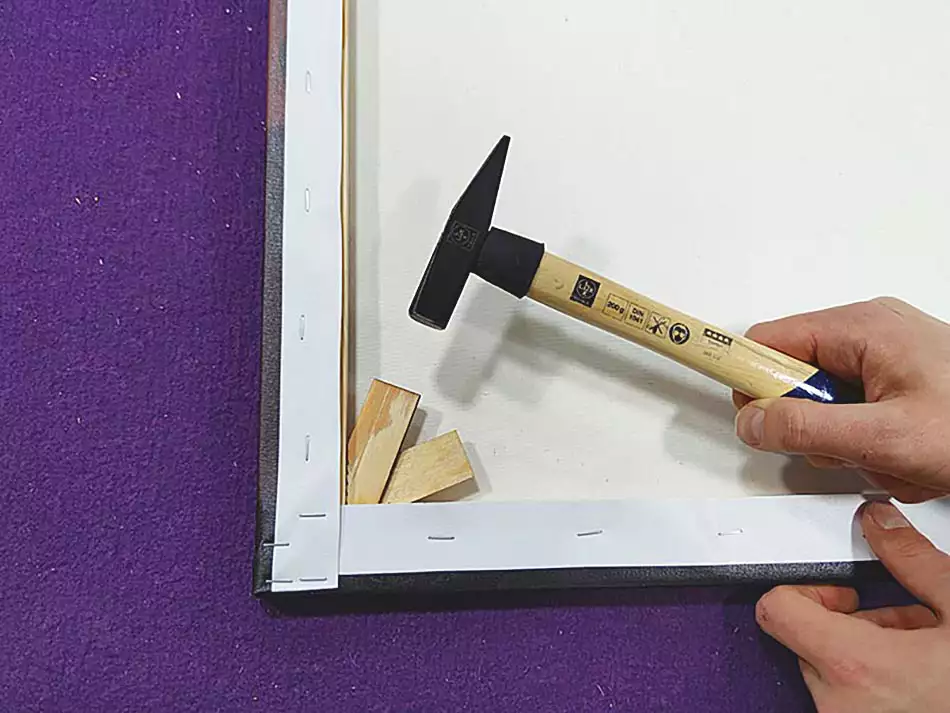
Occasionally, the thickness of the stretcher frame can be an obstacle to positioning or framing the image. It is easier to place the canvas image in thin picture framing profiles if it is mounted on 5mm thick foam board. We use a special adhesive to laminate the canvas to ensure that the canvas print is fixed over the entire surface and that it fits neatly onto the board. Read more about how to mount your images printed by us.
Canvas wall art can be used on its own, without a frame, to give a beautiful, decorative look to any creative work. By turning the picture on its side and projecting a few centimetres from the wall, it creates an interesting spatial effect.
In demanding environments, it may be necessary to frame the canvas picture, for which we recommend outer (cover-) frames and box frames. Check out our range of frames and colours.

 HU
HU
